Biography
Degree in foreign languages
Dental hygienist and doctor Master's Degree in Healthcare Professional
AIDI member ,Treasurer
2011 Director of Prevention and Dental Assistance – Elsevier - Mi
2012 - 2020 Professor Dental Hygienists and Master's Degree in Healthcare Professional . UniMilano
2012-2020- Project manager for student’s internship in Assisting Living
2014 -2016 Conducts epidemiological survey: “Edentulism in Assisting Living elderly” commissioned by WHO Italy
Teacher at accredited Dental assistant schools
He works as a freelancer
Speaker at more than 150 courses, conferences, webinars
Whitening Course for dentists and hygienists, “Theoretical/Practical, repeated 124 times
2017 Speaker at the ORCA International Congress - Oslo
2019 IFDH AUSTRALIA Congress, BRISBANE: submits and won Milano's candidacy to 2026 H.O.D congress
2002 Editor of 4 volumes for Dental Hygienists -Masson
Co-author of the volume ""Assistance in orthodontics"" . Masson
2006: Editor “Dental Practice Assistant Manual”-Masson . Second edition 2019-Edra Mi
2009: project ""The dental hygienist in the field of public health"" - Dental Prevention and As-sistance - Masson -
2011: monograph co-author “Home and professional whitening compared. Dental Cadmos-MI
2013: editor with Abbinante of ""Oral Hygienist-Theory and professional practice"" - Edra-MI- Second edition 2023
2020: co-author of ""Infections in the dental practice"" - Edra -Mi
Abstract
Oral cavity and endometriosis: Interdisciplinarity in the interception and management of the pathology
The endometriosis is a chronic benign inflammatory disease that affect the female genital organs, in which the functional endometrium tissue is present in position other than the physiological inner lining of the uterus. Some studies show a common pathogenesis between periodontal disease and endometriosis, due to altered levels immunomodulators level .
Purpose of this work was evaluating the possible correlations between endometriosis and periodontal diseases, the role of nutrition, the importance of pelvic cavities physiotherapy and the impact on life quality. The research involved dental hygienists, nutritionists, physiotherapists, psychologists, dentists, gynecologists.
Specific objective: Developing a specific clinical indications based on the analysis of the collected data and creating a supportive interprofessional network, to validate the correlations between the endometriosis and oral cavity diseases
Target: 4079 Women affected by endometriosis, between 15 - 45 years recruited from dedicated communities on Facebook
Materials and Methodology : A survey has been conducted thanks to a questionnaire composed of 45 questions, about: endometriosis status, kind of therapy, presence of any sign and symptoms in oral cavity, presence of periodontal problems, self-perception of the oral health status, presence of other autoimmune diseases and oral hygiene, eating habits, physical activity practiced, life quality. The study and their data was conducted from April to June 2022 . Work is in progress
Results: Data analysis showed that 45,9 % of the women received the diagnosis beyond the seventh year from the appearance of the correlated symptomatology and 49,7% present the stage IV. In the oral cavity 34,9% reported the coexistence of gingivitis, gingival bleeding, periodontitis, aphthous stomatitis, dry mouth not resolved and/or worsened because the underestimation of the correlation between symptoms reported and endometriosis.
Learning Outcomes
1. Dental Hygenist can play an important role in preventive oral care in women affected by endometriosis, because the correlation between periodontal and oral deseases .Not only for the effects of pharmacological therapies but also due to altered levels of immunomodulators
2. The objective is to expand information among a greater number of the three million women, many of whom are unaware, regarding the prevention of oral pathologies
3. Establish a network with other medical professionals, including dentist and dental hygienist to avoid or reduce the ripercussions of the symptoms on the physical, mental and social well-being, therefore on the quality of life of these women
4. Improve the diagnostic and therapeutic strategies
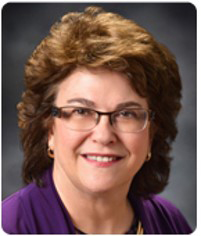


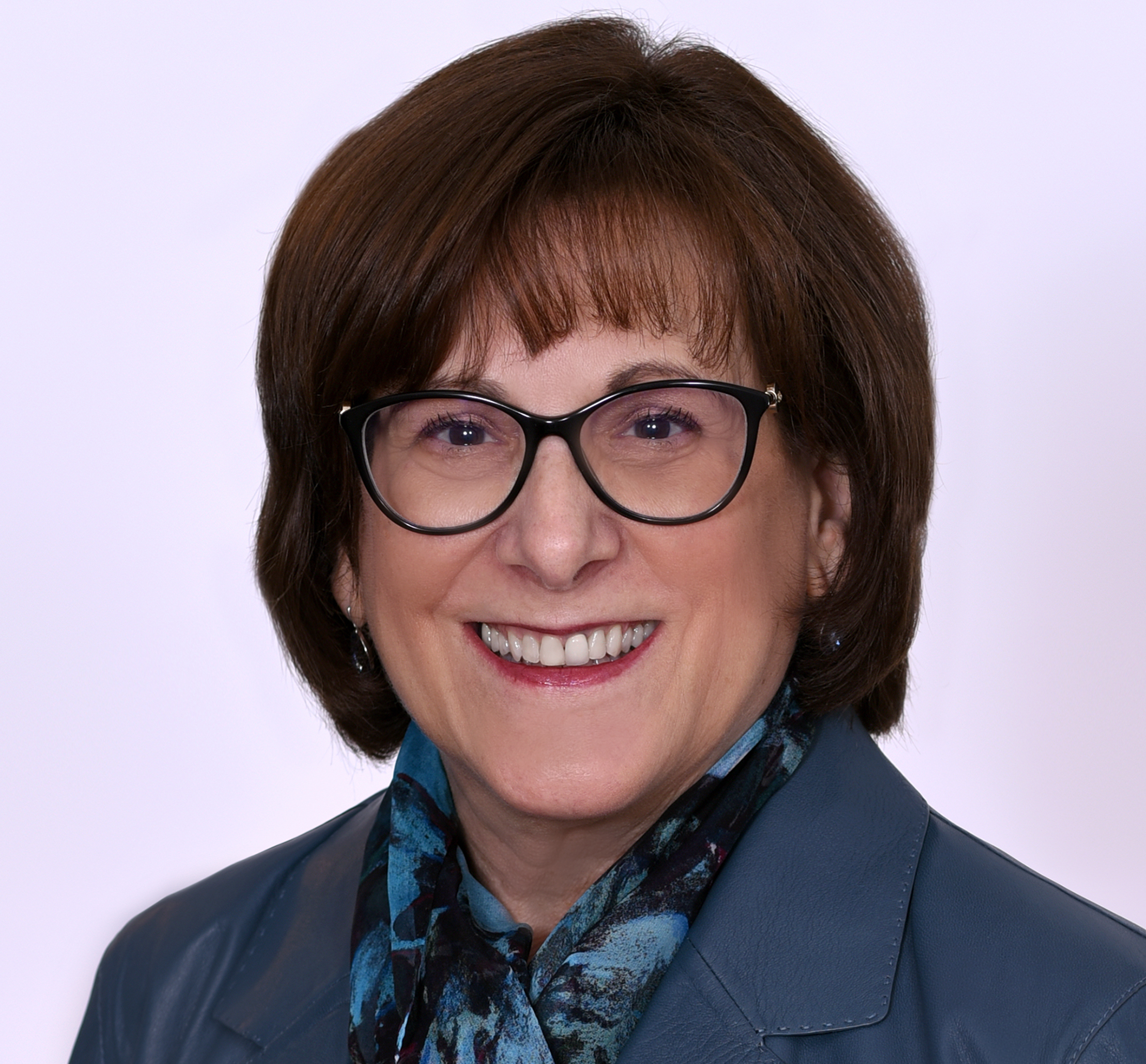
 by IFDH.webp)
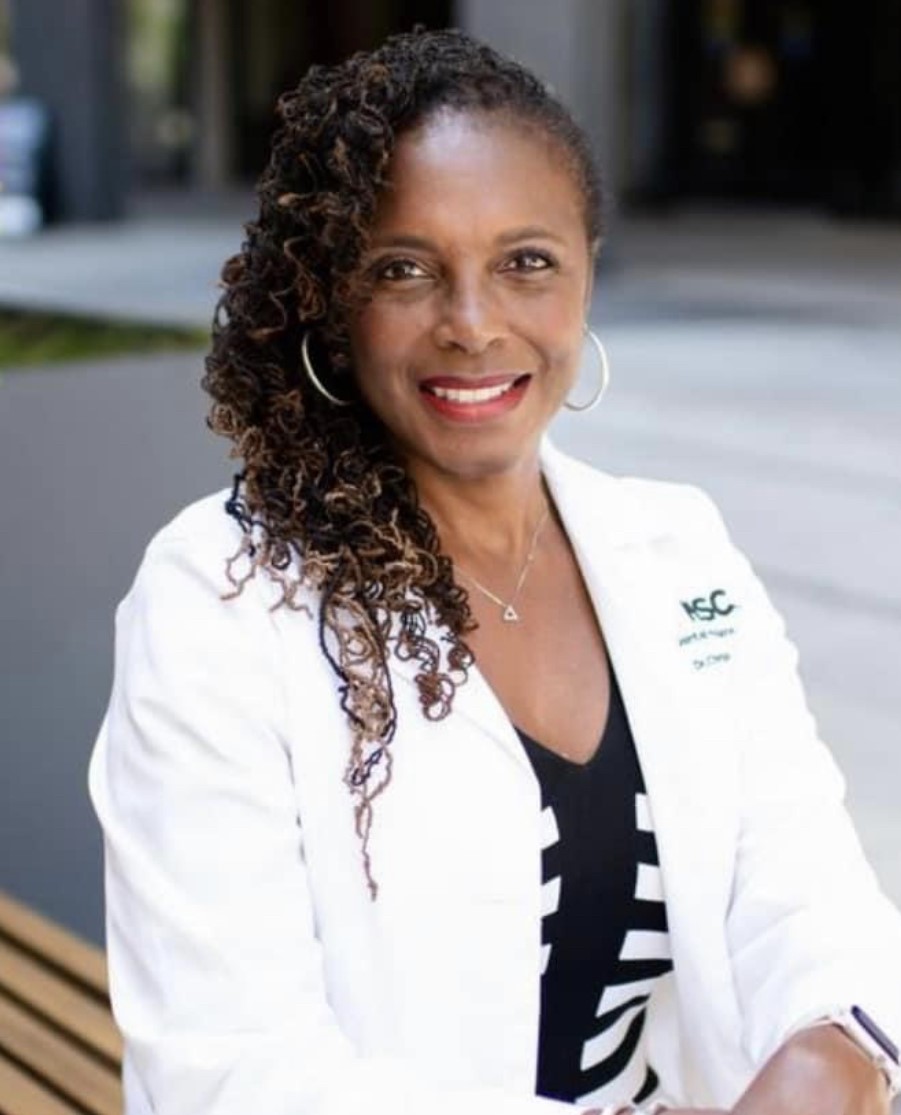
 by ISC.jpg)
 by ISC.jpg)
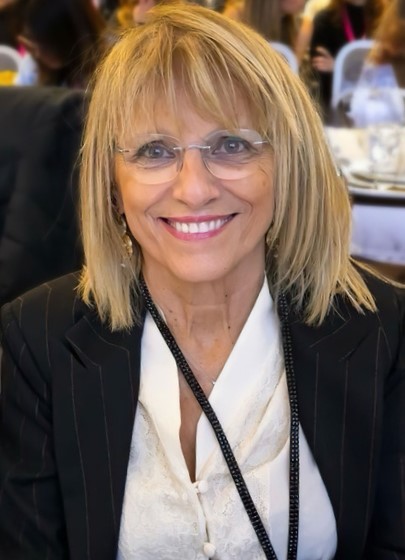

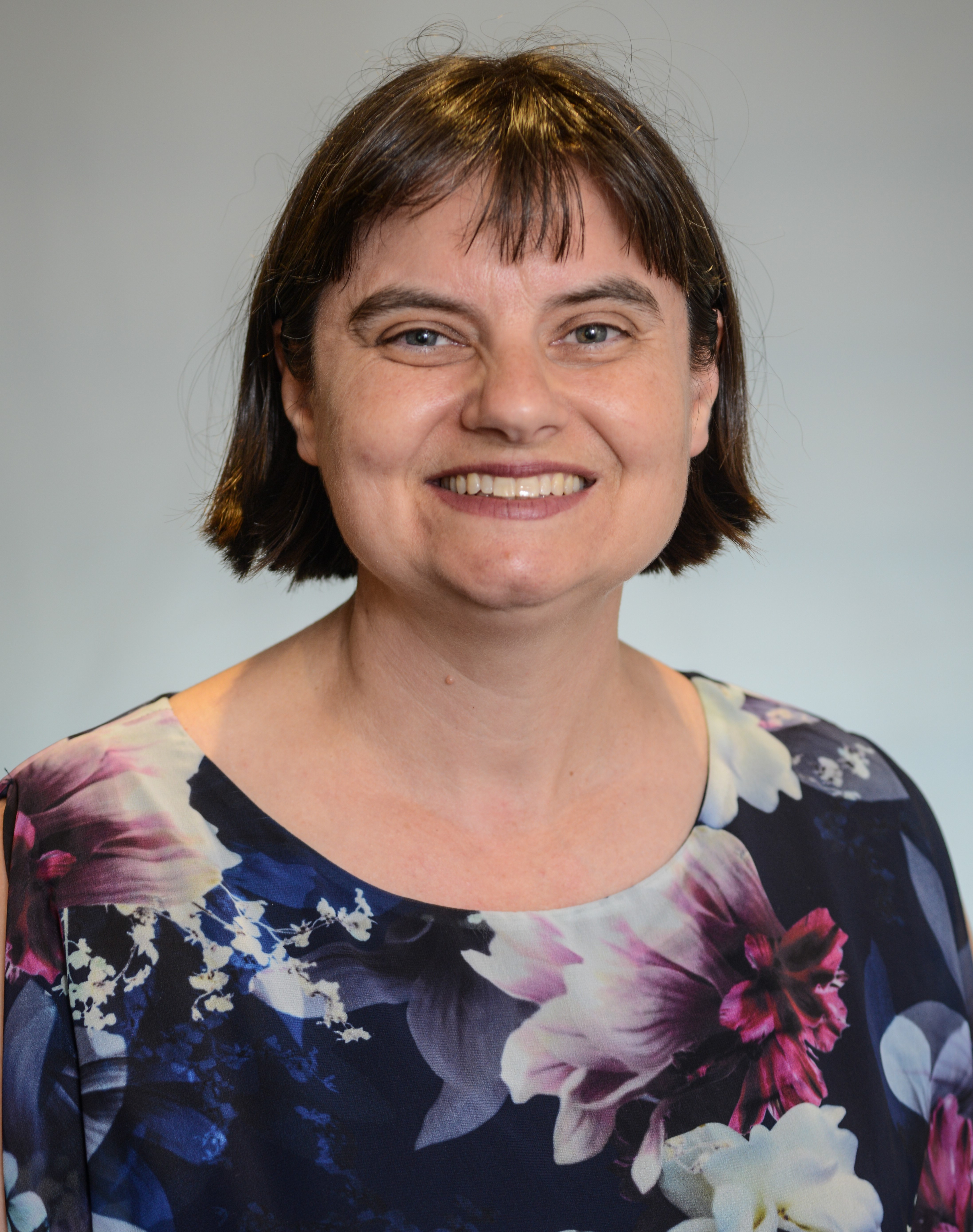
 by ISC.png)
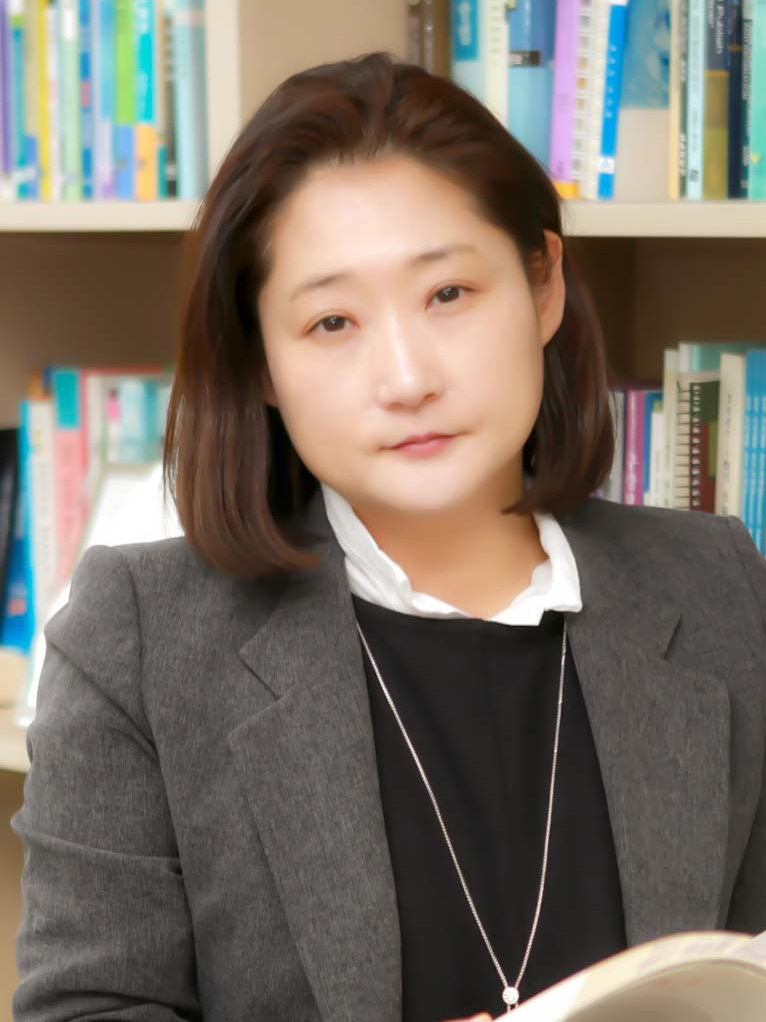
.headshot.jpg)
by LOC.jpg)
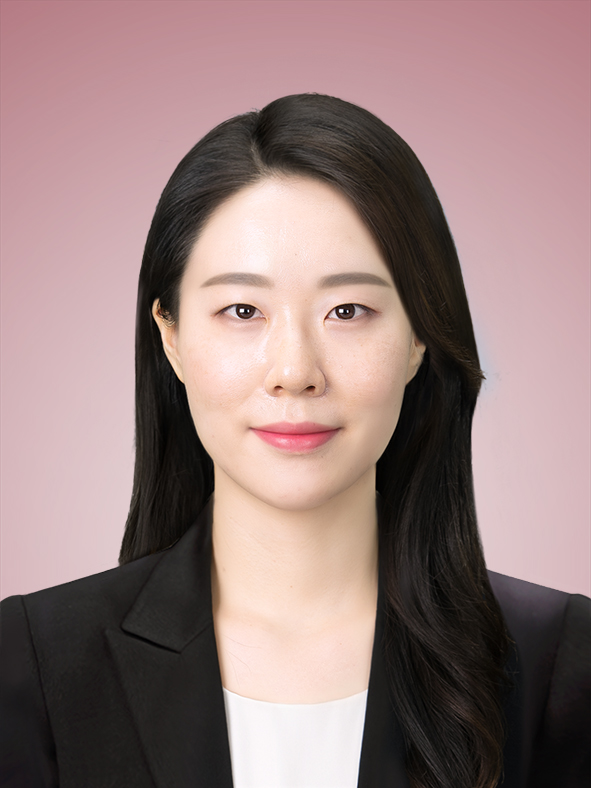
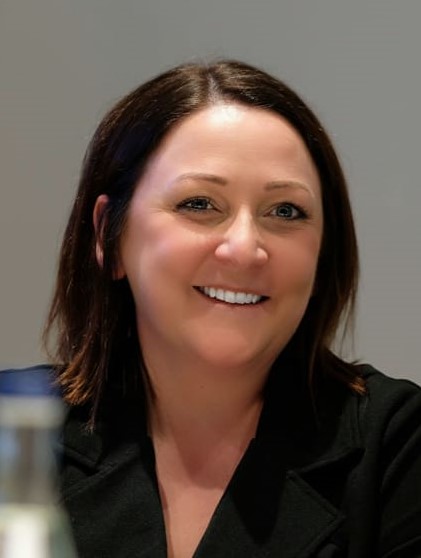
 by Cathrine_headshot_official.jpg)
 by IFDH.png)